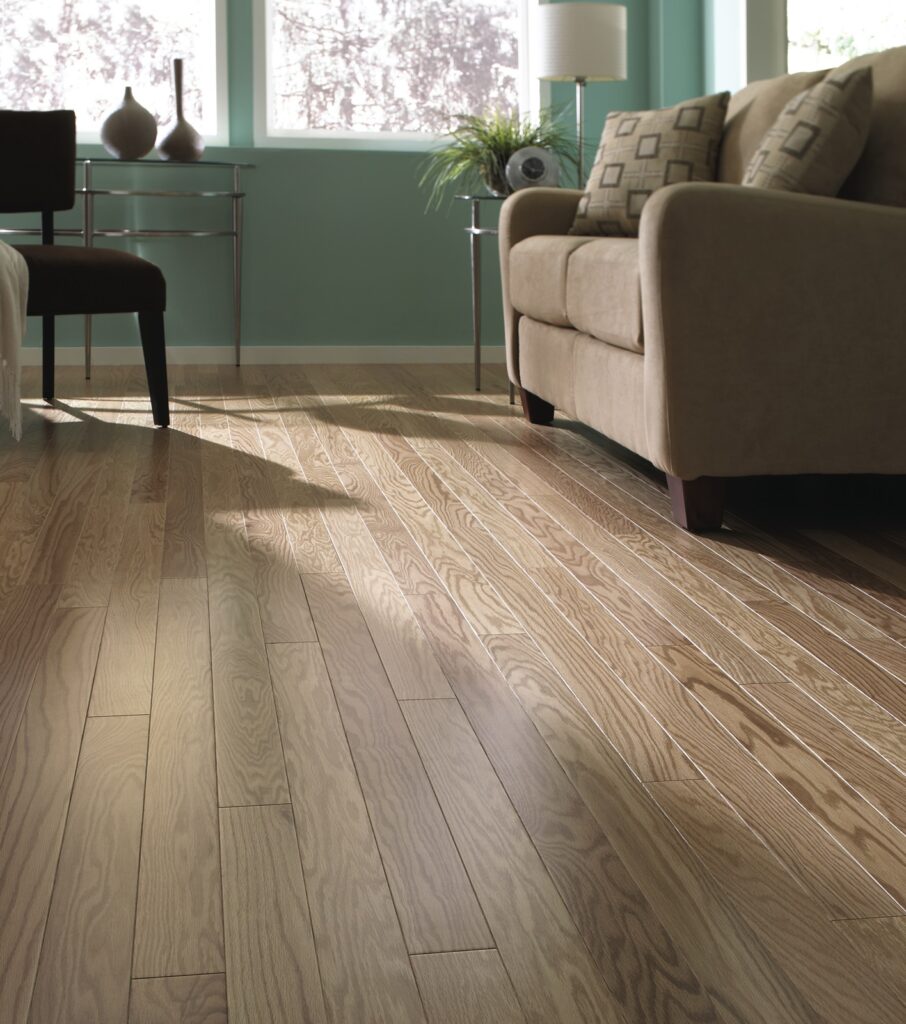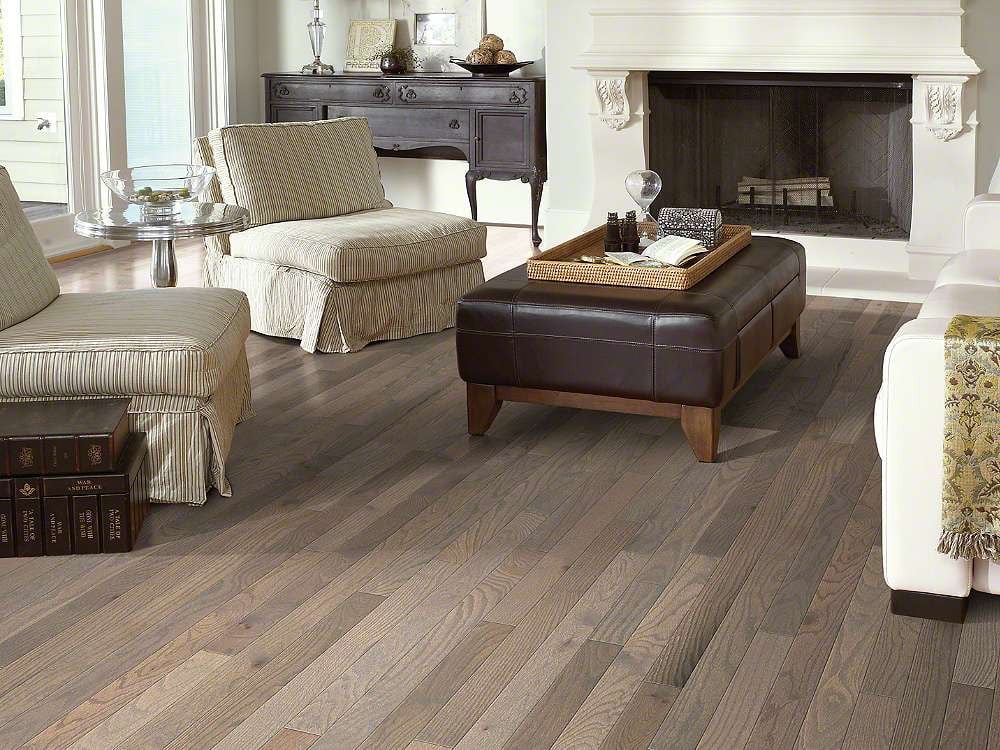Do you have dark spots? They can really spoil the look of that gorgeous red oak. Here’s what happens when you install red oak: Black stains erupt out of nowhere. First, you believe that the marks were caused by metal filings, maybe from steel wool or scraper blades. But no steel had been used on the project. So you assumed that sharpening scrapers over the flooring was to blame, even though this had never been an issue before.
What are those spots?
The circumstances and chemical processes that comprise these locations have existed for as long as Red Oak. While there are different hypotheses about their exact origin, the general view is that the black material that forms the basis for these spots is caused by the tree’s defensive reaction to injury and the colonization of one or more microbes in that specific tree.
This material originates and is kept in the soft grain’s open capillaries to assist in resisting fungal, yeast, and bacterial attacks caused by damage or colonization. It stabilizes and becomes brittle during kiln drying, but the temperature required to kiln-dry wood flooring is insufficient to render the compound insoluble.
Is It Possible to Avoid Them?
The “spot” material cannot be fixed within the tree because it comes from a “standing tree.” When discussing the floor owner’s project from Day One, you should bring up the risk of these spots occurring because flooring is not kiln-dried to a temperature that would eradicate the issue.
The largest problem is that the spots are only noticeable when the flooring is completely new. You could separate the impacted boards during installation if you are skilled at identifying them. Just be careful not to miss any, since you will not know when they will pop back out of the grain until sealer or finish is applied—which is, of course, too late.
Identifying impacted boards in an existing floor stained in a wood tone will be challenging because the afflicted areas would appear more like character markings than dark patches, detracting from your skillful work. Furthermore, the impacted boards are probably going to be dispersed across the floor and few in number. This makes it exceedingly challenging and time-consuming to identify every one of them before sanding. Even if you locate and replace visible black spot boards, there is a chance that additional afflicted boards—from the same tree or region—may also be present on the floor. They will not become noticeable until you sand the floor and open up more damaged vessels. On this one, it could appear like you are chasing your tail.

Challenges and Solutions
Once the floor has been sanded, the areas are difficult to notice since the black smudges have been removed. The application of white stain will not draw them back out but rather make the floor seem amazing. However, the black patches will reappear on the surface after 10 seconds of applying the first layer of aqueous sealer. Two more coats of aqueous finish won’t make matters worse, as the sealer completed its job of protecting the floor. Still, the final look is unlikely to be what the consumer “expected.” Replace those boards? Sand the floor again? Spots occurred on many boards. Are you chasing your own tail?
While water-popping did cause some of the spots to develop, they will not be significant enough. So, for the time being, the best thing you can do is address the possibility of these spots appearing with your customer throughout the bid process, as it is much more difficult to explain them away later. However, there are a few “systems” you may apply to avoid or reduce these black patches


